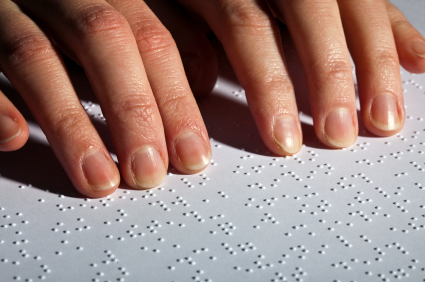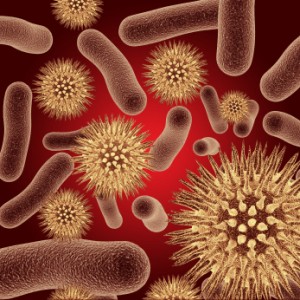 The Plant "Brain" 3: Defense, Avoiding Predators, Attracting Insects, Timed Gene Synthesis
The Plant "Brain" 3: Defense, Avoiding Predators, Attracting Insects, Timed Gene Synthesis Previous posts, examined possible plant cognitive functions with the Dodder’s parasitism and...
 Human Brain and Mind 3: the Limits of the Senses, Top Down Control of Perception
Human Brain and Mind 3: the Limits of the Senses, Top Down Control of PerceptionIn a now-famous experiment, people are told to carefully look for and count certain details of...
 The Plant “Brain” 2: Communication among Plants and with Other Species
The Plant “Brain” 2: Communication among Plants and with Other SpeciesPlants, while not generally thought of as being intelligent, do exhibit problem solving, planning...
 The Plant “Brain”: The Dodder Attacks
The Plant “Brain”: The Dodder AttacksMost of the time, we do not think of plants as having the ability to plan, move, and attack. Certain...







 In the excellent book, “The Social Amoebae,” John Tyler Bonner, an emeritus professor of ecology and evolutionary biology, describes many social abilities of amoebas including communication, group activity, and individual and group decision making. Do these raise the question of cognition in amoeba?
In the excellent book, “The Social Amoebae,” John Tyler Bonner, an emeritus professor of ecology and evolutionary biology, describes many social abilities of amoebas including communication, group activity, and individual and group decision making. Do these raise the question of cognition in amoeba?
